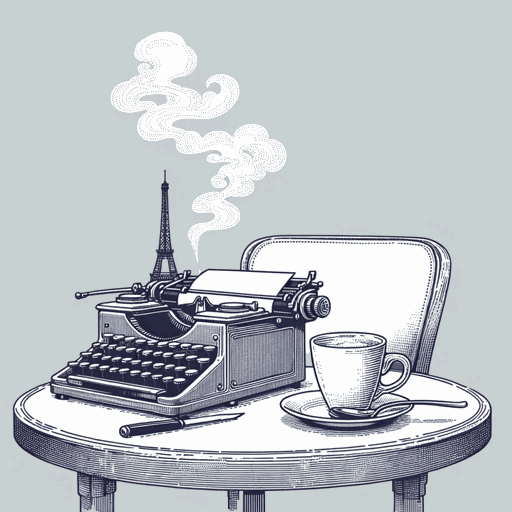28 pages • 56 minutes read
Ernest HemingwayA Clean, Well-Lighted Place
Fiction | Short Story | Adult | Published in 1926A modern alternative to SparkNotes and CliffsNotes, SuperSummary offers high-quality Study Guides with detailed chapter summaries and analysis of major themes, characters, and more.
Background
Literary Context: Modernism
The Modernist literary movement spanned from the early 1900s until the 1940s and impacted story structures, literary themes, and subject matters. The movement arose at a moment in history that was characterized by rapid change. Industrialization and capitalism were on the rise, and the authors sought to directly address the negative effects of this rapid growth. Additionally, due to the advancements in technology such as automobiles and airplanes, World War I was especially deadly. For the first time, widespread death and destruction became tangible to people back home through technology like radio and photography, which allowed for quick dissemination of news and images from the front lines.
With this, Modernist authors took on themes like confusion, isolation, and disillusionment. In adjusting to the rapidly changing modern world, many found that the constructs they once relied upon, such as religion, could no longer support their beliefs. After witnessing the harsh realities of the industrialized world and the despair and death of war, many people of the time felt a sense of disillusionment with their world. As a result, many experienced alienation as they struggled to grapple with their surroundings.
Related Titles
By Ernest Hemingway

Across the River and into the Trees
Ernest Hemingway

A Day's Wait
Ernest Hemingway

A Farewell to Arms
Ernest Hemingway

A Moveable Feast
Ernest Hemingway

A Very Short Story
Ernest Hemingway

Big Two-Hearted River
Ernest Hemingway

Cat in the Rain
Ernest Hemingway

For Whom the Bell Tolls
Ernest Hemingway

Green Hills of Africa
Ernest Hemingway

Hills Like White Elephants
Ernest Hemingway

In Another Country
Ernest Hemingway

Indian Camp
Ernest Hemingway

In Our Time
Ernest Hemingway

Old Man at the Bridge
Ernest Hemingway

Soldier's Home
Ernest Hemingway

Solider's Home
Ernest Hemingway

Ten Indians
Ernest Hemingway

The Garden of Eden
Ernest Hemingway

The Killers
Ernest Hemingway

The Nick Adams Stories
Ernest Hemingway

